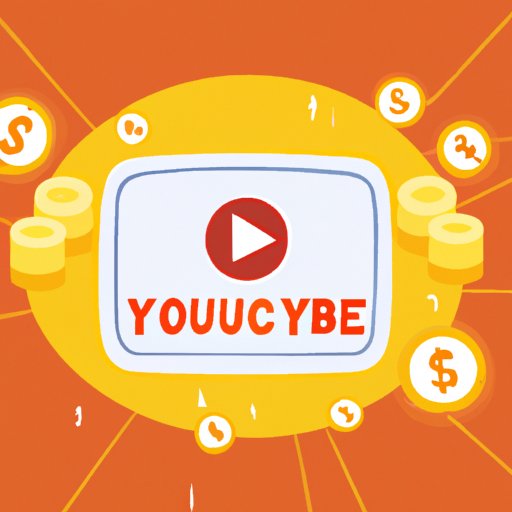How Does YouTube Pay Work?
YouTube has become a popular platform for content creators to showcase their talents and connect with their audience. As the platform has evolved, so has its monetization system. YouTube offers various ways for creators to earn money, but the payment process can be confusing. This article aims to provide a clear understanding of how YouTube pays its content creators and what factors impact their earnings.
How YouTube’s Payment Process Works
The payment process on YouTube is relatively straightforward. Creators need to set up a payment account and monetize their content by enabling ads on their videos. To set up a payment account, creators will need to have a Google AdSense account.
Once they have an AdSense account, they can set up their payment method on YouTube. They can choose to receive payments through PayPal or by receiving a check in the mail. To receive payments, they must reach the minimum payment threshold of $100.
Factors That Affect Your Earnings on YouTube
There are several factors that impact the revenue earned by YouTube content creators. The primary factors include the number of views, clicks, and engagement rate. Views and clicks are based on the number of times users watch the ad and click on it. Engagement rate is based on the number of viewers who interact with the content by commenting, sharing, or liking the video.
Other factors that affect earnings include the niche or industry the content creator is in and the size of their audience. Niches that are more profitable include business, finance, and technology. Audience size also plays a role; the larger the audience, the higher the earning potential for the creator.
Monetization Policies on YouTube
As a content creator on YouTube, it is essential to understand monetization policies. YouTube has three key policies that impact your earnings: advertiser-friendly content, copyright infringement, and community guidelines.
Advertiser-friendly content policies ensure that content creators create content that aligns with specific guidelines that can be advertised safely. If the content falls short of these policies, the creator will not be able to monetize their videos, and the ad revenue will be affected.
Copyright infringement policies ensure that the content that creators produce does not offend any owners of the copyrighted material. Violation of these policies can result in the removal of content from YouTube and the possibility of legal action against the creator.
Community guidelines ensure that content creators do not violate the rights of any individuals or groups. These guidelines are enforced to prevent the spread of hate speech and discrimination.
Different Ways Creators Can Earn Money on YouTube
Content creators on YouTube can earn money through various revenue streams, including ads, sponsorships, and merchandise sales. Ads are the primary source of revenue for many creators, with YouTube serving ads based on the content that viewers watch. Sponsorships are a method of income, when a sponsor pays creators to showcase a product or service. Merchandise sales enable creators to sell products that align with their brand, such as t-shirts, mugs, and hats.
Factors like niche, audience size, and the type of content being produced impact the earning potential of each revenue stream. Creators must keep in mind that no single revenue stream stands out as the most profitable – often a mix of different streams is ideal.
Payment Models on YouTube
YouTube pays its creators using several payment models. The most common include cost per mile (CPM), cost per click (CPC), and cost per view (CPV). CPM is the amount of money that advertisers pay per thousand views of an advertisement. CPC is the amount of money advertisers pay for each click on their ad. CPV is the amount of money paid for each view of an advertisement.
CPM is the most popular model, as it has the highest earning potential for creators. CPC and CPV models are becoming more popular, but these models have a lower earning potential than CPM.
Tips and Tricks for Maximizing Your Earnings on YouTube
The key to maximizing earnings on YouTube is to create content that is engaging and resonates with your target audience. Creators can identify their target audience by analyzing the demographics of their subscribers, and the content they are watching. Consistency in creating quality content and promoting your channel on social media platforms is also essential.
Focus on building a loyal subscriber base to create a community of followers who interact with the content and share it with others. You can foster engagement to connect with your audience through Q&A sessions, polls, and responding to comments.
Conclusion
In conclusion, YouTube provides an excellent opportunity for creators to monetize their content and earn money. The payment process is straightforward, but the earning potential depends on several factors. Creators must consider ways to optimize their revenue stream, including creating engaging content, partnering with sponsors, and experimenting with different payment models. With patience and perseverance, creators can leverage the YouTube payment system to create a sustainable income stream.
(Note: Is this article not meeting your expectations? Do you have knowledge or insights to share? Unlock new opportunities and expand your reach by joining our authors team. Click Registration to join us and share your expertise with our readers.)
